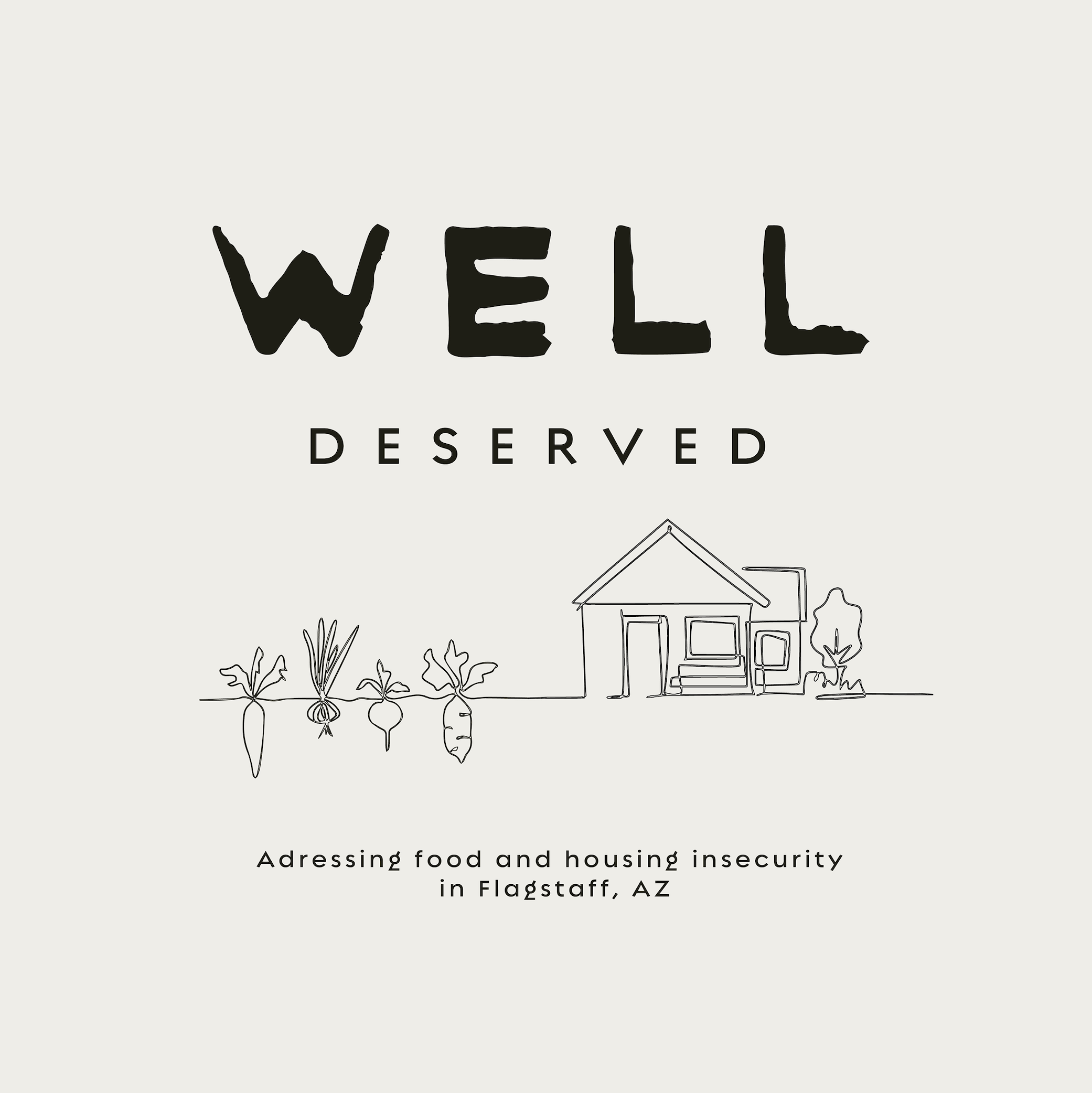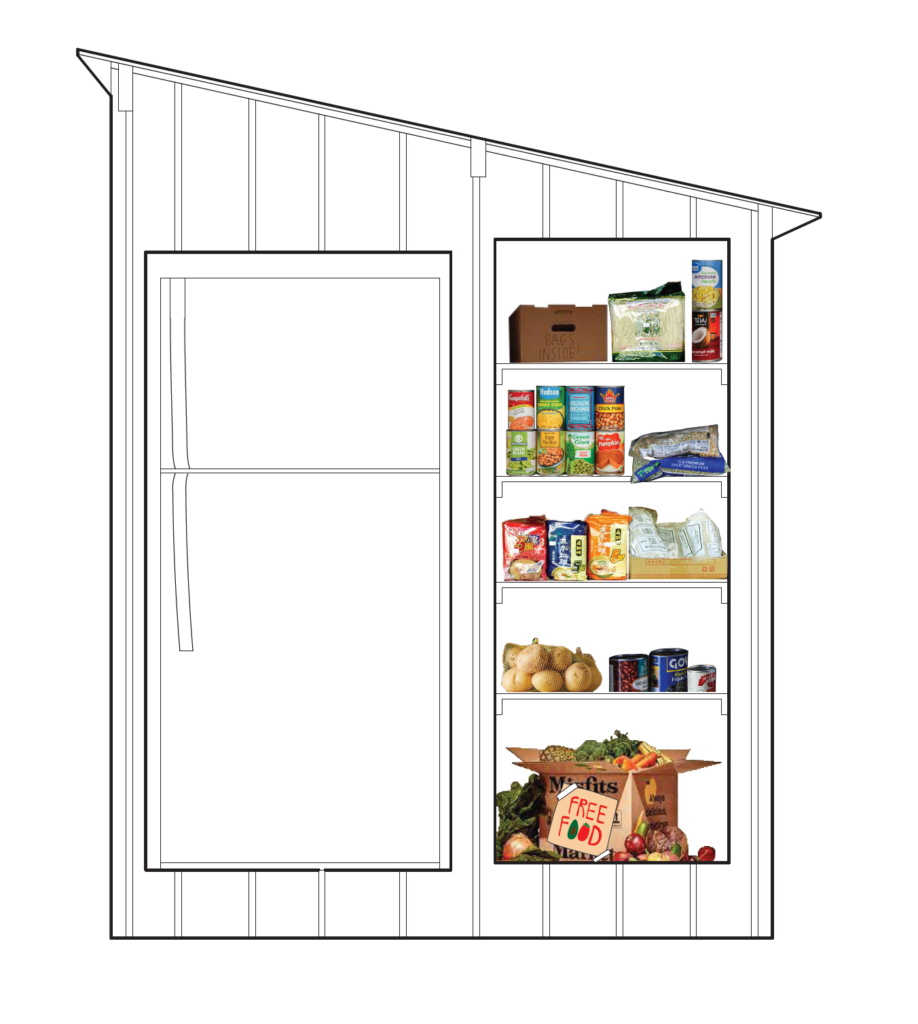
FOOD INSECURITY IN FLAGSTAFF
As of 2022, “Flagstaff and the Coconino County area have a food insecurity rate above the national average, with 14.3% of all residents and 20.5% of children defined as food insecure” (AZ Daily Sun 2022).
Although there are options available for those experiencing food insecurity to obtain necessary food, there is a gap in the availability of a centrally-located, unrestricted access to a supply of food.
FOOD WASTE IN ARIZONA
Arizona is the worst ranked state for food-waste in the country, with the lowest amount of recycled food and third-lowest share of donated food. Arizona throws away $9.5 billion in food every year.
This is occurring while 1 in 10 Arizonans struggle to meet the basic need of food security.
This challenge poses the question, If there is enough food, why not find a solution to get that food to those in need, rather than throw it away?
OUR SOLUTION

Flagstaff Community Fridges (FCF) seeks to address food insecurity in Flagstaff, AZ by providing a sustainable and culturally sensitive environment for food sharing.
This walk-up, “leave what you can, take what you need” model allows individuals the agency to choose fresh produce and other quality food items that are otherwise unavailable to them.
FCF has been awarded a grant through the City of Flagstaff Sustainability Program to implement this fridge into a neighborhood in Flagstaff. We have secured partnerships with local restaurants for food donations and have a group of volunteers eager to help.
What we need support in the most right now is securing a location to host the fridge. Once the first fridge is established, it will create a catalyst for the ability to scale the project to be implemented into neighborhoods across Flagstaff.
HOUSING INSECURITY IN FLAGSTAFF, AZ
57% of renters in Flagstaff are housing cost burdened, meaning they pay more than 30% of their monthly income towards housing.
Flagstaff is the 8th most expensive small city in the US with a median rent of $2,153.
Challenges that contribute to Flagstaff’s housing challenge include: a decrease in household size, an increase in second homes, an increase in NAU population, and limited developable land.
The City of Flagstaff has conducted a housing gap analysis and found that Flagstaff has a shortage of 7,976 housing units and 12,072 households that are in need of affordable housing.
This challenge poses the question, What is the best practice for developing the housing stock needed in Flagstaff?